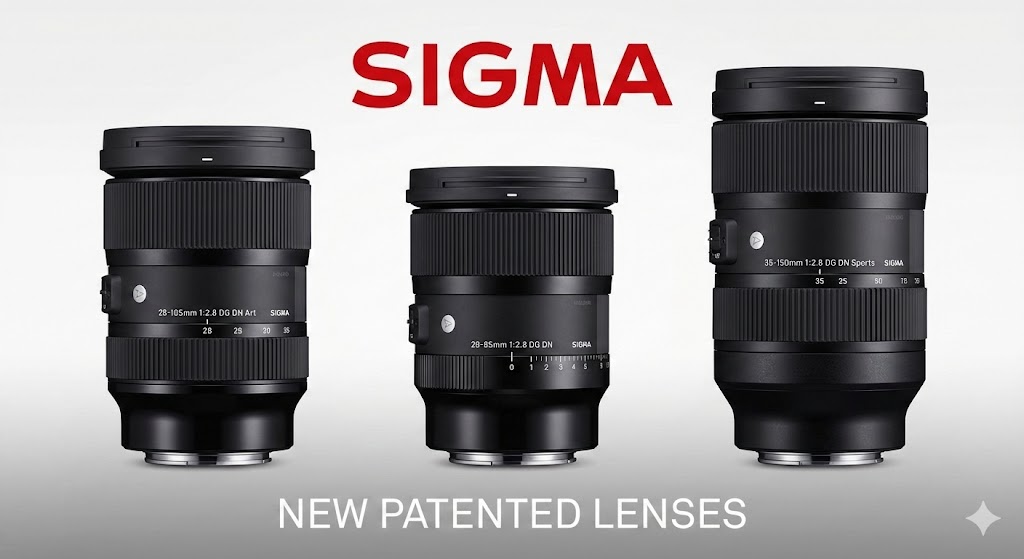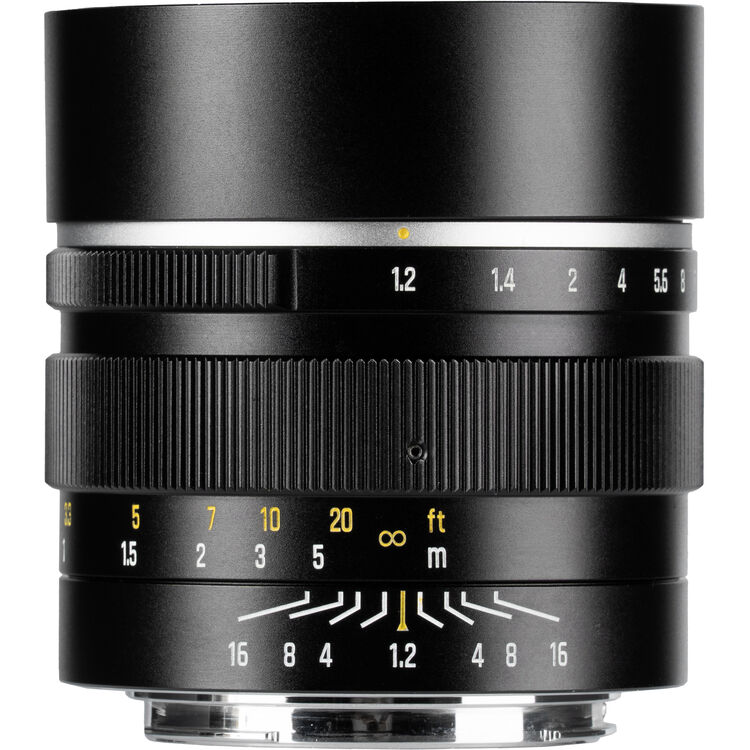
Sony Recognized Again as a Climate Change Leader
Selected for CDP’s A List the fifth year in a row and the tenth time
Tokyo, Japan — Sony Group Corporation (Sony) has been included in the CDP’s highest performance rank of A List,*1 a distinction which recognizes Sony as a leader in efforts to address climate change. This is the fifth year in a row and the tenth time that Sony has made the A List in the climate change category.
Based on the recognition that its business success depends upon a healthy global environment, Sony has established “Road to Zero,” a long-term environmental plan to achieve a zero environmental footprint throughout the entire Sony Group by the year 2050, and is promoting activities from the four perspectives of climate change, resources, chemical substances and biodiversity.
As climate change risk becomes an increasingly serious and pressing issue, Sony has pushed forward its net-zero targets throughout the value chain, including Scopes 1 to 3, from 2050 to 2040, and its target to achieve 100% renewable electricity used at its own sites, from 2040 to 2030.*2 Furthermore, Sony has received approval for its net-zero targets from the “Science Based Targets initiative (SBTi).”*3
To achieve these targets, the Sony Group is engaged in various energy conservation activities at its sites and offices. In addition, Sony is working to install solar power systems, purchase renewable electricity from power utilities and utilize renewable energy certificates. As a result, the goal of “increasing renewable energy to 35% or more by fiscal 2025” set out in the Green Management*4 2025 medium-term environmental targets, was achieved two years ahead of schedule, in fiscal 2023. In terms of specific initiatives, Sony has recently installed new solar power generation equipment and expanded pre-existing ones at its sites in Thailand, the United States, and Japan, while also further promoting the use of renewable energy certificates. As a result, the renewable energy usage rate for the entire group globally reached 40.1% in fiscal 2024.
Sony has implemented many initiatives to reduce energy consumption of its products, setting specific annual goals for each product category. At the same time, Sony has been working to reduce greenhouse gas emissions across its supply chain. Under its “Partner Eco Challenge Program,” Sony visits the sites of its materials and parts suppliers and shares expertise relating to Sony’s energy saving activities, and in fiscal 2023, implemented the program in cooperation with suppliers’ factories not only in Japan but also in China. This program was expanded to include site in Thailand in fiscal 2024.
In pursuit of its long-term goal of a zero environmental footprint, Sony will continue to strive to reduce its environmental impact and create environmentally conscious products and services, while engaging in business activities to help create a more sustainable society and global environment.
About CDP
CDP is a global non-profit organization (NPO) founded in the UK in 2000 that runs the world’s environmental disclosure system for companies, cities, states and regions. In fiscal 2024, more than 24,800 companies reported environmental data through CDP, including companies representing over 66% of the world’s market capitalization.
*1:The rating system is a 5-rank scale (A, A-, B, B-, C, C-, D, D-, F). The A List is made up of the companies awarded the highest performance rank of “A.”
*2:In 2022, Sony made the decision to bring forward the target year of achieving a zero environmental footprint in the climate change area by ten years.
*3:An international initiative to encourage companies to set science-based greenhouse gas reduction targets in order to limit the increase in the average global temperature due to climate change to 1.5 degrees Celsius above pre-industrial levels.
*4:Green Management refers to Sony’s medium-term environmental targets set every five years towards realizing the “Road to Zero,” Sony’s long-term environmental plan. In August of 2025, Sony announced “Green Management 2030”, its medium-term environmental targets from fiscal 2026 to 2030. For more details please visit the link below.











